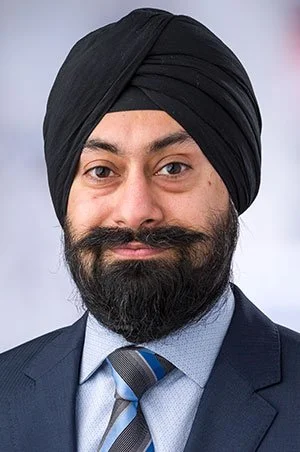The Transformative Rare Cancer (TRACER) Initiative
Why This New Program Matters for People with Extramammary Paget’s Disease (EMPD)
For many years, people with extramammary Paget’s disease (EMPD) have lived with more questions than answers. Because EMPD is so rare, there have been few clinical trials, and almost no large studies to guide treatment choices. Most patients have never had the chance to join a research project focused on their specific cancer.
The Transformative Rare Cancer (TRACER) Initiative at Fred Hutchinson Cancer Center, in Seattle, is working to change that. TRACER is a new research program built specifically for rare and ultra-rare cancers—diseases just like EMPD, where the small number of cases makes it difficult to run traditional studies. Instead of waiting for large patient groups, TRACER learns from each individual patient who donates a small sample of tumor tissue.
What Makes TRACER Different?
TRACER is designed from the ground up for cancers with tiny patient populations. It uses a combination of advanced lab science and machine learning to study a tumor’s response to drugs, even when only a small amount of tissue is available.
When an EMPD patient is having a biopsy or surgery, a portion of the fresh tissue can be sent to TRACER. The program provides collection kits, shipping materials, and support for both patients and physicians. There is no cost for participating.
Once the sample arrives at Fred Hutch, the TRACER team keeps the tumor as intact as possible. This is important because whole pieces of tissue behave much more like a “real” tumor than single cells grown in a dish. From there, the scientists test a selected set of drugs directly on the sample. These early results are fed into a computer model that predicts how the tumor might respond to hundreds of other FDA-approved medicines. This combination of hands-on testing and artificial intelligence makes it possible to learn a great deal from very limited material.
The results can help reveal patterns—drug sensitivities and biological weaknesses—that might matter for future EMPD treatment.
Why This Matters for EMPD
For EMPD patients, TRACER represents something that has been missing for a long time: a dedicated research pathway that does not require dozens or hundreds of participants. EMPD is too rare for large trials, and most patients are scattered across the world. TRACER changes the equation by treating every case as valuable data.
Here’s why that matters:
It offers individualized insight. Even one patient’s sample can reveal how a specific tumor responds to certain types of treatment.
It builds toward a future research foundation. As more EMPD patients participate, scientists can compare results across cases and look for trends that might eventually support clinical trials.
It focuses on real tumor behavior, not just genetics. Testing drugs on intact tumor tissue gives a more realistic sense of what may—or may not—work.
It creates hope where options are limited. For patients with invasive or metastatic EMPD, TRACER may help identify therapies worth discussing with their medical team.
A New Doorway for a Rare Disease
Many EMPD patients feel isolated by the lack of research and the absence of clear treatment pathways. TRACER is one of the first initiatives to take EMPD seriously as a cancer worth studying in its own right. It does not promise cures, but it offers a meaningful way to push the science forward.
Dr. Taran Gujral, Ph.D.
Associate Professor, Human Biology
Fred Hutchinson Cancer Research Center (Seattle, WA)
Email: tgujral@fredhutch.org
Phone: 206-667-4149
Gujral Lab: http://research.fhcrc.org/gujral
Every tissue sample, every dataset, and every patient contributes to a growing understanding of this disease. For a rare cancer community that has waited a long time to be seen, TRACER represents more than a research project—it is a sign that EMPD is finally gaining the scientific attention it deserves.
If you or your physician are interested in connecting with TRACER, contact information and details about the program are available here:


